Geographical Features Teaching Resources
Teach about geographical features in your HASS classes with printable worksheets, interactive activities, instructional slide decks and more Australian curriculum-aligned and teacher-created resources.
This teaching resource collection includes editable options so you can easily make the edits you need to fit your lesson planning needs. You'll also find resources that have already been differentiated for your students.
Best of all? Each printable and digital resource has been reviewed by the teachers on the Teach Starter team to ensure it's classroom-ready, so you can download and begin using it in the classroom right away.
New to teaching about the planet's different geographical features, or looking for some fresh ideas to explore mountains, lakes and more? The teachers of Teach Starter have put together this handy primer.
What Is a Geographic Feature? A Kid-Friendly Definition
Are you trying to explain geographical features to your students? Here's a simple definition for kids:
A geographical feature is a natural or human-made characteristic of the Earth's surface.
What Are Examples of Geographic Features?
OK, so that's what it is. But what, exactly are we talking about? Let's look at some examples of major geographic features to make the concept of features of geography more concrete for your students!
Examples of Natural Geographic Features for Kids
The physical and environmental characteristics of the Earth's surface that are created by natural processes — such as plate tectonics, erosion, weathering, and volcanic activity — are natural geographical features.
They're important because they shape our entire environment, determining everything from the distribution of plant and animal species to influencing climate patterns, and they provide natural resources for human societies. They also tend to become landmarks and tourist attractions.
Examples of major physical features of our Earth include:
- Mountains (e.g., the Rocky Mountains, the Andes, the Himalayas)
- Rivers (e.g., the Amazon River, the Nile, the Finke River)
- Lakes (e.g., Lake Albina, Lake Victoria, Avoca Lake)
- Oceans (e.g., the Atlantic Ocean, the Pacific Ocean, the Indian Ocean)
- Deserts (e.g., the Sahara, the Mojave Desert, the Gobi Desert)
- Islands (e.g., Heard Island, Madagascar, the Galapagos Islands)
- Plains (e.g., Bogong High Plains,Esperance Plains, Geraldton Sandplains)
- Valleys (e.g., Hunter Valley, Clare Valley, Jamison Valley)
- Volcanoes (e.g., Mount Fuji, Mount Vesuvius, Mount Schank)
- Caves (e.g., Jenolan Caves, Careys Cave, Wellington Caves)
Examples of Human-Made Geographical Features for Kids
The other major type of feature of geography is the human-made kind. These physical and environmental characteristics of the Earth's surface are created or modified by human activities. These features are usually built to serve a specific purpose, such as transportation or communication.
These features also have cultural and historical significance, and they can be tourist attractions.
Examples of this type of feature include:
- Cities (e.g., Brisbane, Tokyo, Mumbai)
- Roads (e.g., the Great Ocean Road, the Trans-Amazonian Highway)
- Bridges (e.g., the Sydney Harbour Bridge, the Golden Gate Bridge, the Tower Bridge)
- Canals (e.g., the Panama Canal, the Suez Canal, the Alexandra Canal)
- Dams (e.g., the Bendora Dam, the Three Gorges Dam, the Aswan High Dam)
- Airports (e.g., Alice Springs Airport, Heathrow Airport, Changi Airport)
- Railroads (e.g., the Trans-Siberian Railway, the Orient Express, the Eurostar)
- Harbours (e.g., Sydney Harbour, the Port of Shanghai, the Port of Singapore)
- Parks (e.g., Purnululu National Park, Uluru-Kata Tjuta National Park, Tomaree National Park)
- Plus Plan

Built Environments Concept Map
A concept map to use when learning about built environments.
- Plus Plan
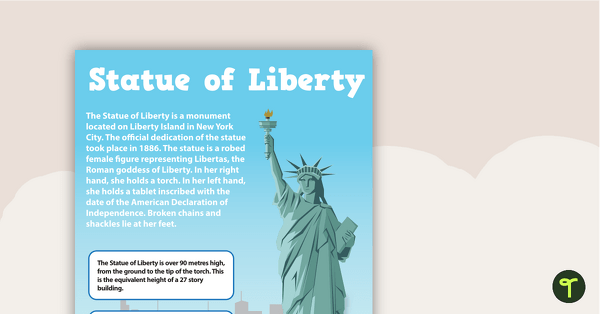
Seven US Landmarks Posters
A set of 7 posters highlighting some of the United States most famous Landmarks.
- Plus Plan

Natural and Built Environments Teaching Resource Pack
A pack of posters and worksheets to be used when teaching a unit of work on natural and built environments.
- Plus Plan
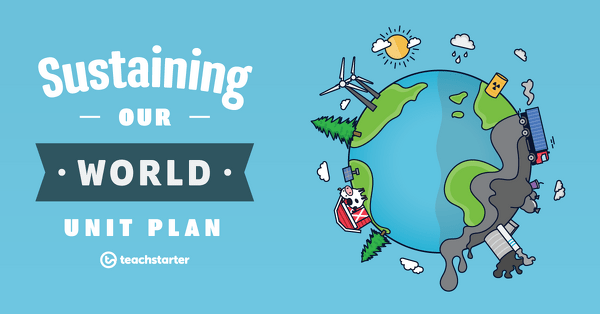
Sustaining Our World Unit Plan
This Geography unit addresses concepts surrounding the sustainable use and management of natural resources.
- Plus Plan
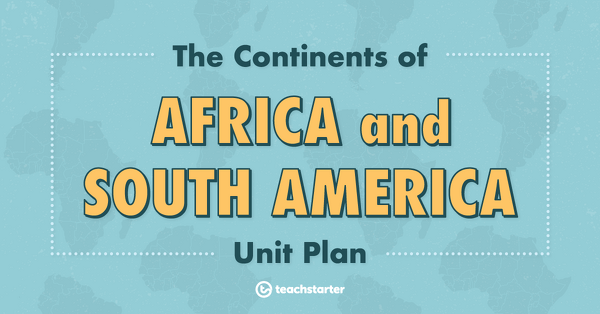
The Continents of Africa and South America Unit Plan
This Geography unit addresses the topographical features and the natural environment of the continents of Africa and South America.
- Plus Plan
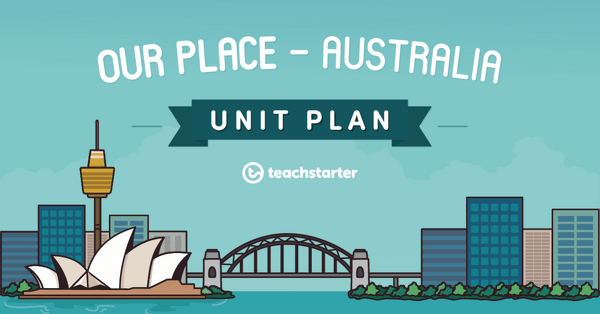
Our Place - Australia Unit Plan
This Humanities and Social Sciences unit addresses a range of concepts relating to the natural and human features of Australia.
- Plus Plan
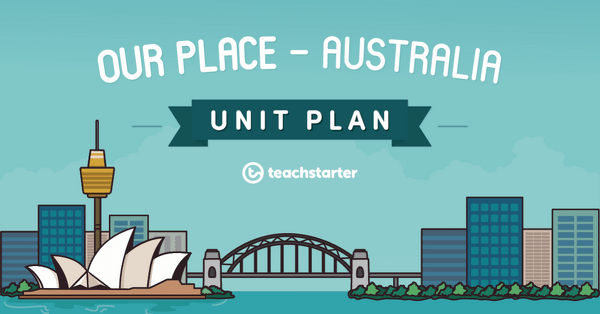
Human Features of Australia
A 60 minute lesson in which students will identify the human features of Australia and explore some Australian landmarks.
- Plus Plan
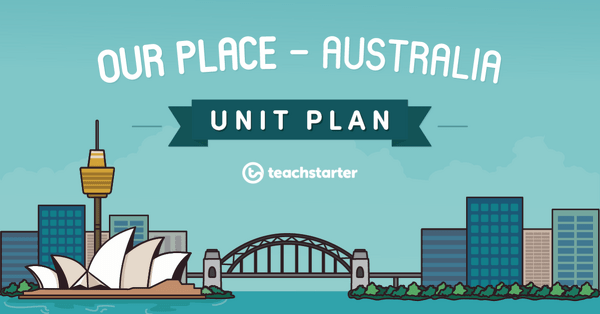
A Natural Wonder - Our Great Barrier Reef
A 60 minute lesson in which students will explore the unique natural environment of the Great Barrier Reef.
- Plus Plan
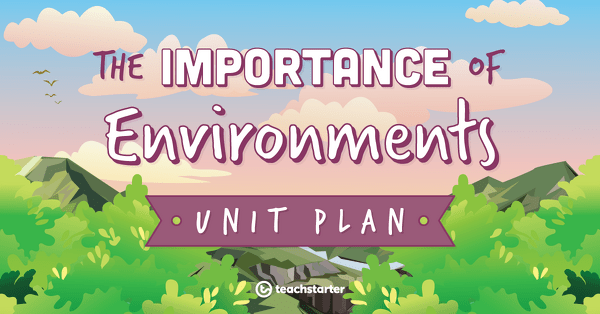
The Importance of Environments Unit Plan
This Geography unit addresses the importance of environments to animals and people and the ways in which they can be protected.
- Plus Plan

The Natural Environment of South America - Inquiry Task
A 60 minute lesson in which students will demonstrate their understanding of the natural environment of South America through an open-ended inquiry.
- Plus Plan
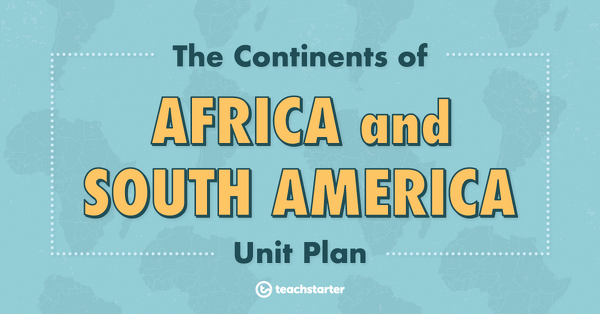
Welcome to South America!
A 60 minute lesson in which students will identify some of the countries and major cities on the continent of South America.
- Plus Plan
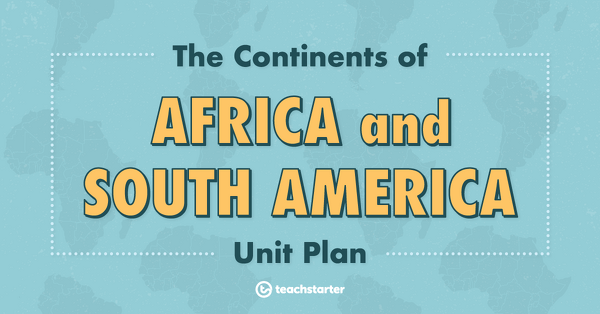
The Natural Environment of Africa - Inquiry Task
A 60-minute lesson in which students will demonstrate their understanding of the natural environment of Africa through an open-ended inquiry.
- Plus Plan
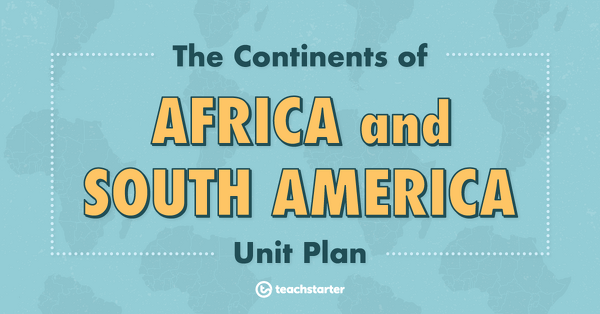
Where in the World?
A 60 minute lesson in which students will revise world geography.
- Plus Plan
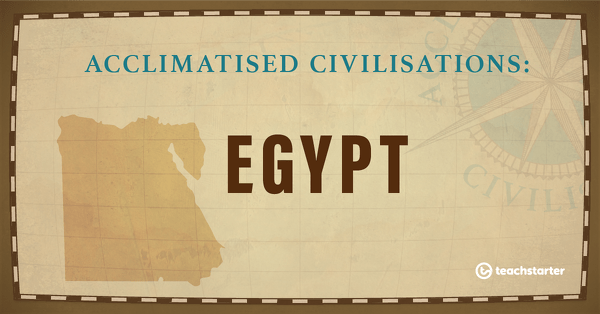
Egypt
A 60-minute lesson in which students learn how people lived in and adapted to the desert environment in Egypt.
- Plus Plan
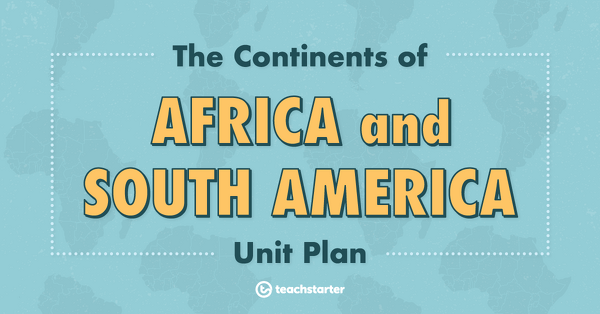
Reflection of Learning
A 60 minute lesson in which students will reflect on what they have learned about the continents of Africa and South America.
- Plus Plan
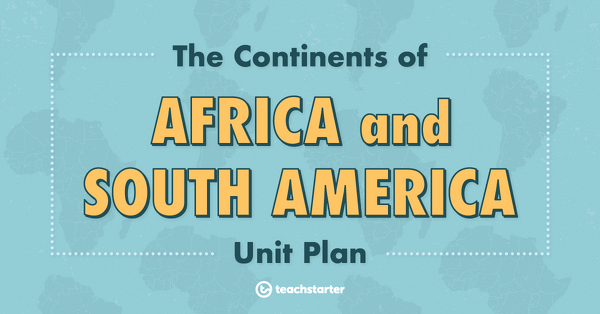
The Natural Environment of South America
A 60 minute lesson in which students will explore the natural environment of the continent of South America.
- Plus Plan
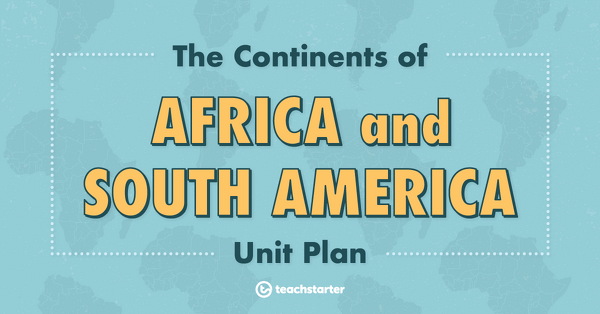
The Topography of South America
A 60 minute lesson in which students will explore the topographical features of the continent of South America.
- Plus Plan
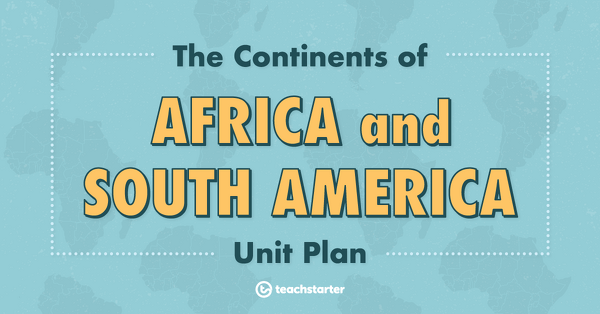
The Natural Environment of Africa
A 60 minute lesson in which students will explore the natural environment of the continent of Africa.
- Plus Plan
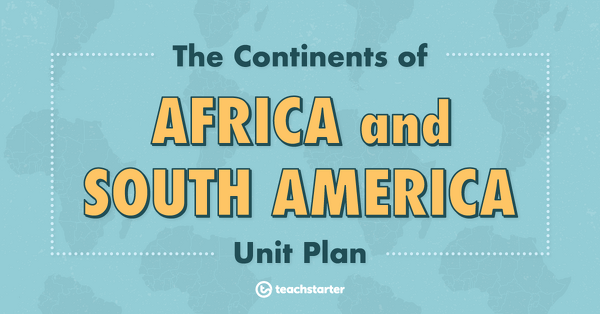
The Topography of Africa
A 60 minute lesson in which students will explore the topographical features of the continent of Africa.
- Plus Plan
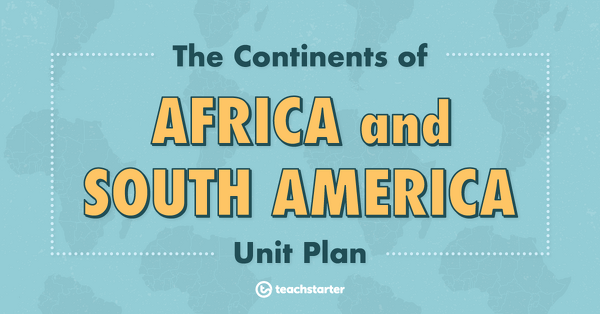
Welcome to Africa!
A 60 minute lesson in which students will identify some of the countries and major cities on the continent of Africa.
- Plus Plan
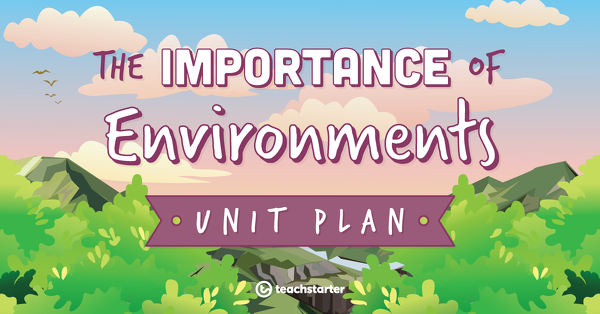
The Importance of Environments - Inquiry Task
An inquiry-based assessment task in which students will demonstrate their understanding of the importance of their local environment.
- Plus Plan
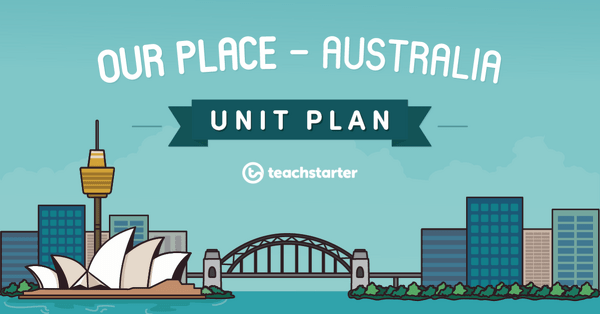
Our Place - Australia Inquiry Task
An inquiry-based assessment task in which students will demonstrate an understanding of the natural and human features of Australia.
- Plus Plan
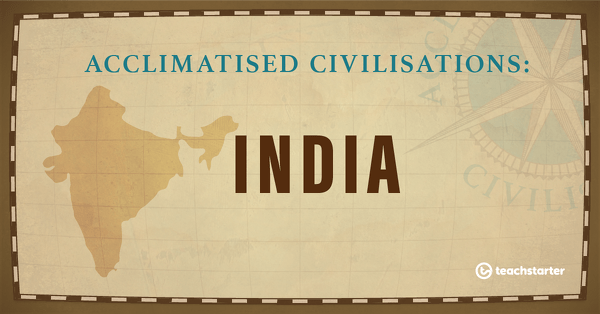
India
A 60-minute lesson in which students learn how people lived in and adapted to the environment in India.
- Plus Plan
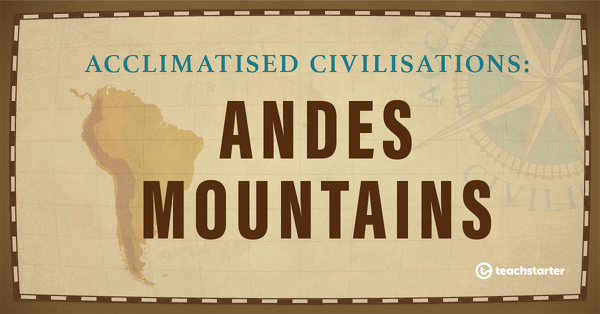
The Andes Mountains
A 60-minute lesson in which students learn how people lived in and adapted to the alpine environment in the Andes Mountains.
- Plus Plan
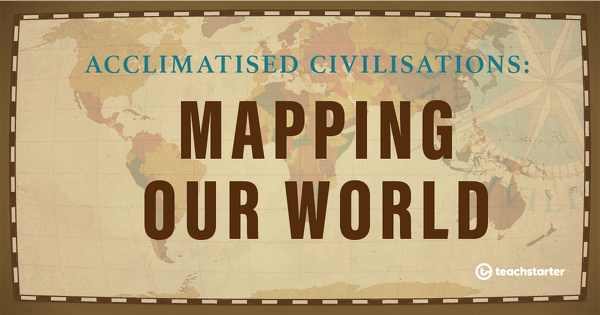
Mapping Our World
A 60-minute lesson in which students revise locating and labelling the main features on the world map.
- Plus Plan
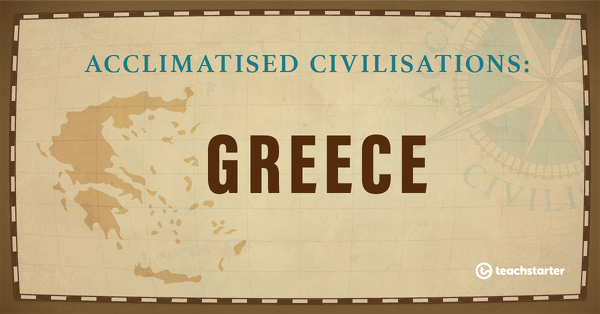
Greece
A 60-minute lesson in which students learn how people lived in and adapted to the Mediterranean environment in Greece.
- Plus Plan
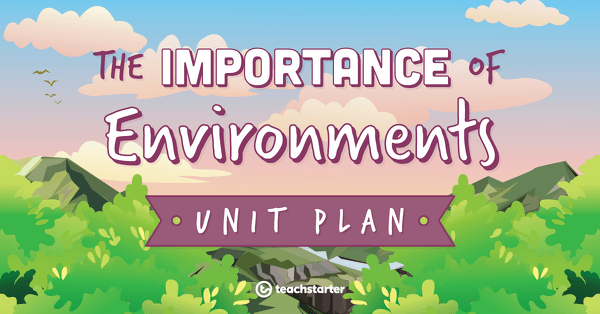
Tundras
A 60 minute lesson in which students will understand how climate can influence the vegetation and animals found in a tundra.
- Plus Plan
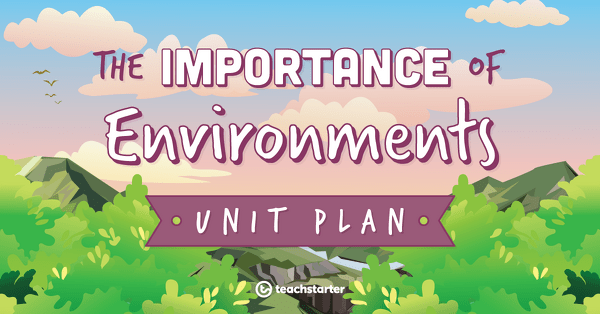
Tropical Rainforests
A 60 minute lesson in which students will understand how climate can influence the vegetation and animals found in a tropical rainforest.
- Plus Plan
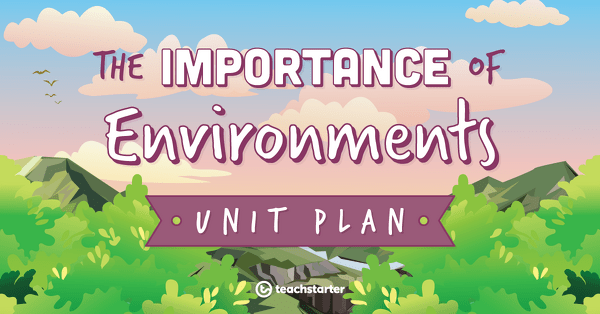
Temperate Grasslands
A 60 minute lesson in which students will understand how climate can influence the vegetation and animals found in a temperate grassland.
- Plus Plan

Deserts
A 60 minute lesson in which students will understand how climate can influence the vegetation and animals found in a desert.
- Plus Plan
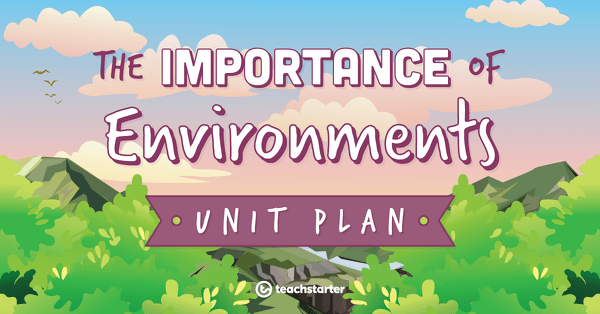
Deciduous Forests
A 60 minute lesson in which students will understand how climate can influence the vegetation and animals found in a deciduous forest.
- Plus Plan
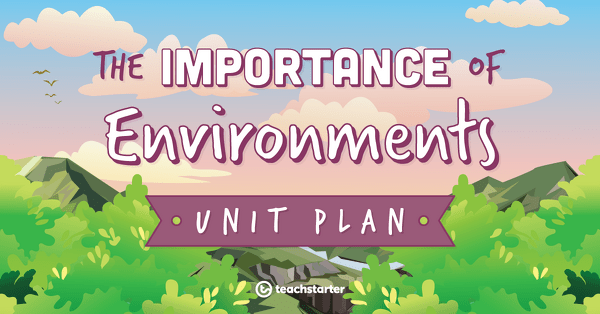
Coniferous Forests
A 60 minute lesson in which students will understand how climate can influence the vegetation and animals found in a coniferous forest.
- Geographical Features Worksheets
- Geographical Features Posters
- Geographical Features Teaching Presentations
- Geographical Features Labels, Signs & Decorations
- Geographical Features for Foundation Year
- Geographical Features for Year 1
- Geographical Features for Year 2
- Geographical Features for Year 3
- Geographical Features for Year 4
- Geographical Features for Year 5
- Geographical Features for Year 6
- Geographical Features for Year 7